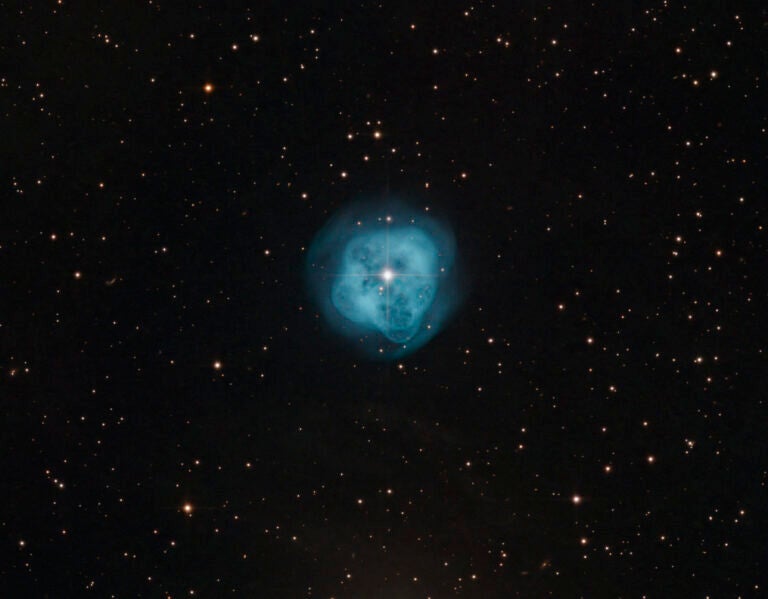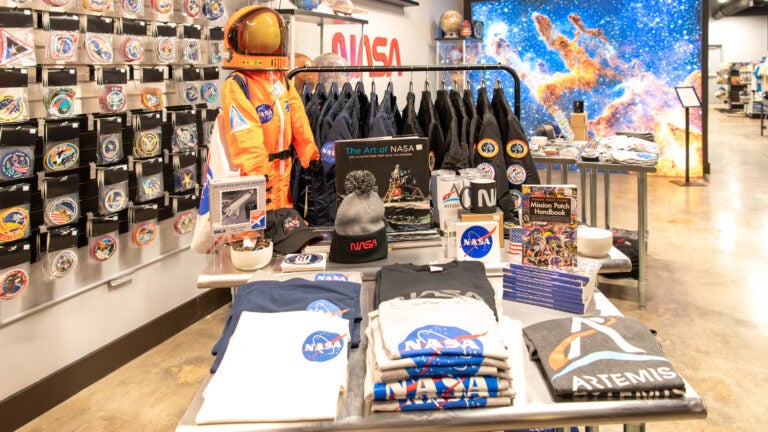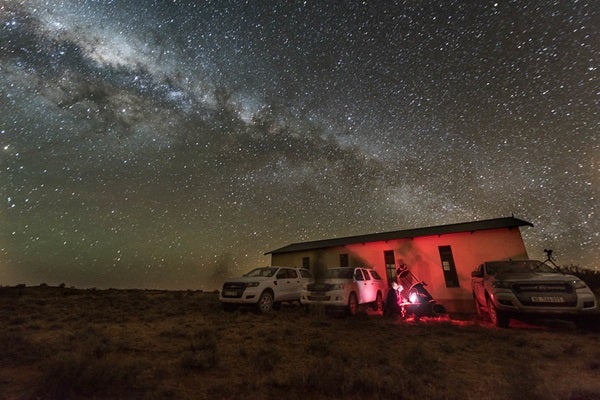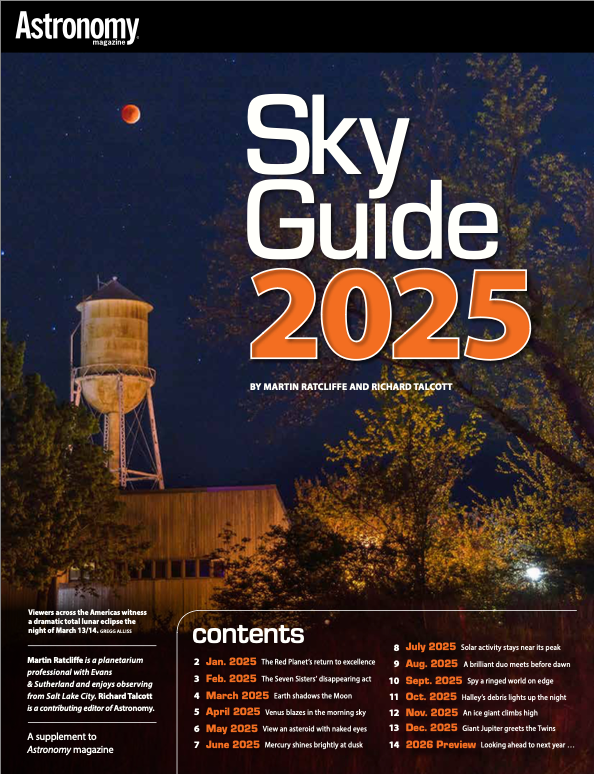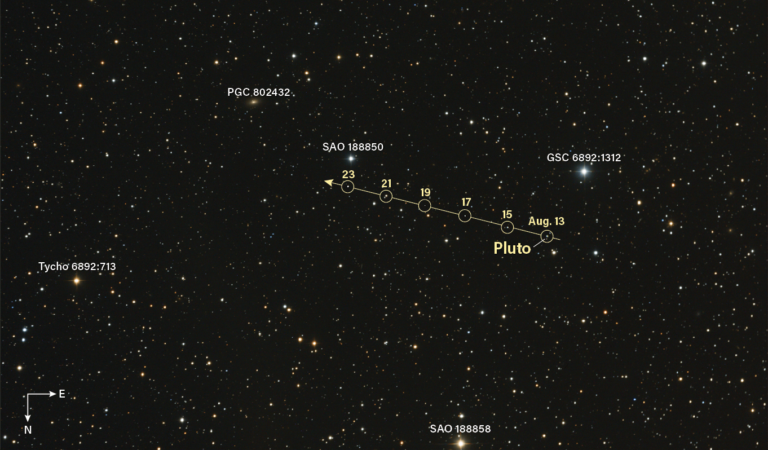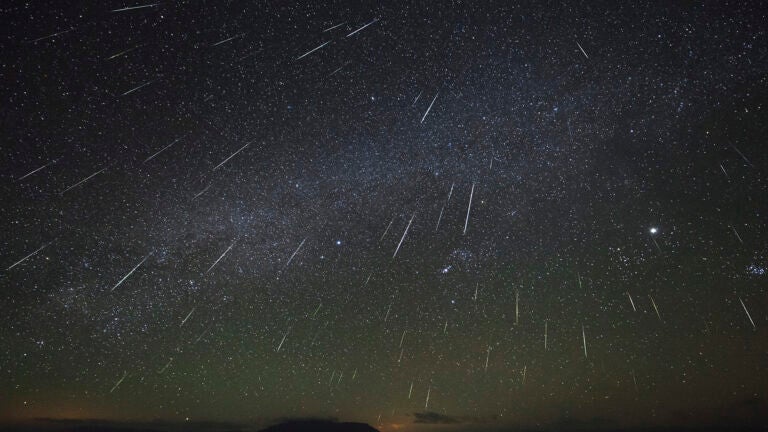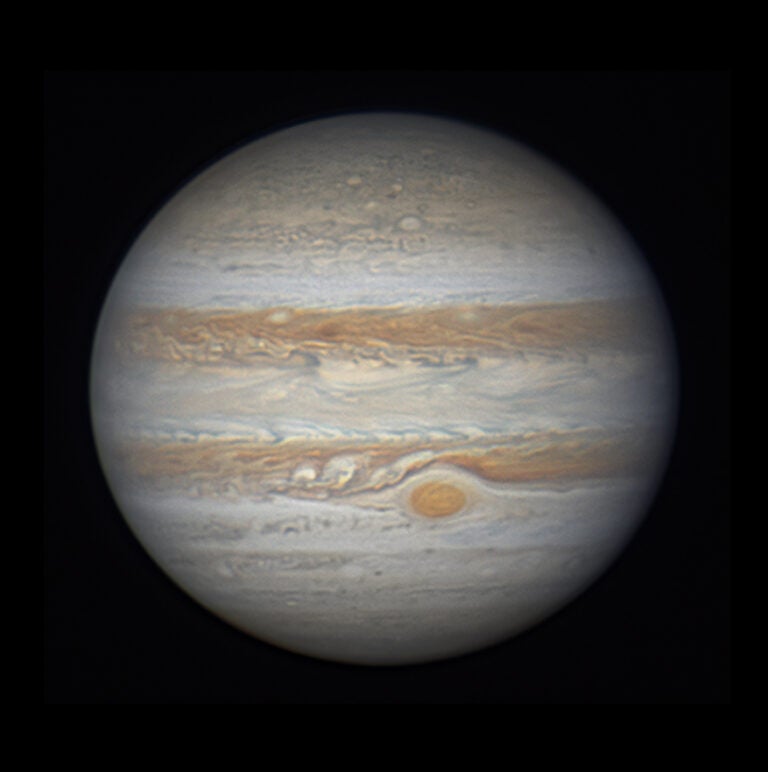Many people worry about Earth’s destruction. Let’s limit this by ignoring standard human mischief, such as overpopulation and the new 2-pound hyper-cholesterol Ultra Burger. We’ll focus on that old beloved peril, danger from space — an appropriate topic this Halloween month.
Some quarter-century ago when I was still with Discover, we ran a story showing why you’re six times more likely to get killed by an asteroid or meteorite than die in a fiery plane crash. That’s because a big space rock — while rare — can destroy half the planet, while modern airline flying is quite safe once your leg circulation returns.
Later, at Slooh.com, I’d always push to offer live telescope views of Jupiter at opposition, but we’d get virtually no media coverage and relatively few visitors. By contrast, when we ran real-time images of an asteroid zooming past Earth, as many as a million people would tune in. Slow-witted as I am, I nonetheless figured out that many folks are fearful. Some also distrust the government; they’d send tweets thanking us for presenting the truth since the government “would never reveal if an object was on a collision course with Earth.” (Actually, astrophysicists discovering a hazardous incoming body would quickly blab it all over the place.)
Is the fascination with space dangers farfetched?
Until recently, we’d point out that only one person has ever been harmed by a celestial body. That was 62 years ago, when Ann Hodges was bruised on the thigh by a meteorite that smashed through her ceiling in Alabama. But all that changed on February 15, 2013, when 1,491 people were injured by flying glass from the 400-kiloton blast of an airbursting meteor over Chelyabinsk, Russia. That explosion’s power is uncertain by a factor of two, but it equaled at least 13 Hiroshima bombs.
Since 2000, astronomers have improved their ability to detect ever-smaller asteroid fragments, which barely miss us with alarming regularity. Still, it’s been 66 million years since a global cataclysm — the famous Yucatán impactor that killed off the dinosaurs and paved the way for the ascendancy of rats and sitcoms.
This discussion must also mention (and then disregard) an entire scare-section of the internet, where purported space threats appear regularly. Here we find incoming comets, reversals of Earth’s poles, and solstice alignments with the galaxy’s center that could supposedly beam some new kind of energy our way. Also the mythical planet Nibiru on a collision course with Earth, something we astronomers know about but are keeping secret.
“IS THE FASCINATION WITH SPACE DANGERS FARFETCHED?”
Our biggest actual peril involves the biggest neighborhood object. Nothing matches the hazardous potential of the Sun. Indeed, theorists are confident that Earth will be uninhabitable in a mere 1.1 billion years, thanks to the Sun’s ever-growing luminosity. But what about short-term dangers?
We could quickly cool down if we get another Maunder Minimum, the 70-year period in the late 17th century when the Sun went quiet and sunspots nearly disappeared.
The Sun’s present wimpiness, including the current anemic solar cycle 24, indeed suggests old Sol may be on the verge of extended quietude. But “quiet” doesn’t get our adrenaline running. The true peril would be an extraordinary wrecking-ball flare or coronal mass ejection.
We had a doozy on March 13, 1989. Before that, a solar maelstrom in 1921 ignited railroad fires. But for real therapy-inducing panic, we need only recall the 1859 oddity witnessed by renowned British researcher Richard Carrington, who watched as enormous flares doubled the Sun’s brightness.
Blasts of ultra-high-speed debris from that violent Carrington event hit us one day later. That remains the Olympic speed record for particles making the trip from there to here. It caused colorful global aurorae so brilliant that people thought dawn had arrived. High voltages coursing through telegraph wires knocked some operators unconscious.
What would a Carrington-level event do today, with our ubiquitous power lines, transformers, and more than a thousand operational satellites? In 2008, the U.S. government convened a panel of experts, who concluded that such a storm would completely destroy our electric grid. It would require two to 10 years to repair and cost about $2 trillion. We’d be knocked back to the Stone Age.
That panel called Carrington a “low frequency/high consequence” event — the kind humans typically ignore until it happens. But here, anyway, we’ve found our answer. The sky’s likeliest trick or treat may not lie terribly far in the future.
And that concludes the paranoid part of our program.




